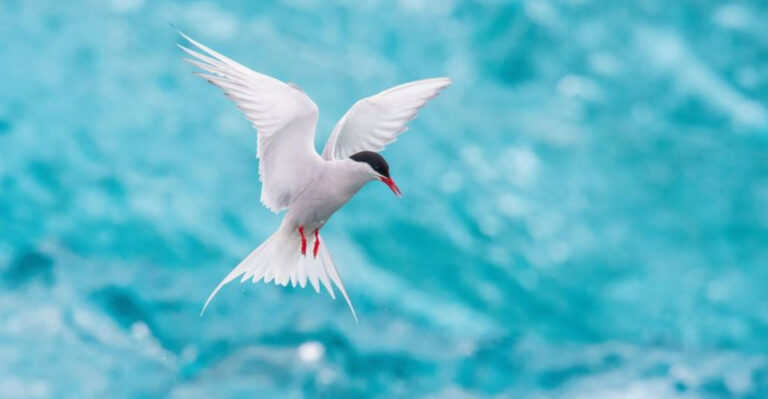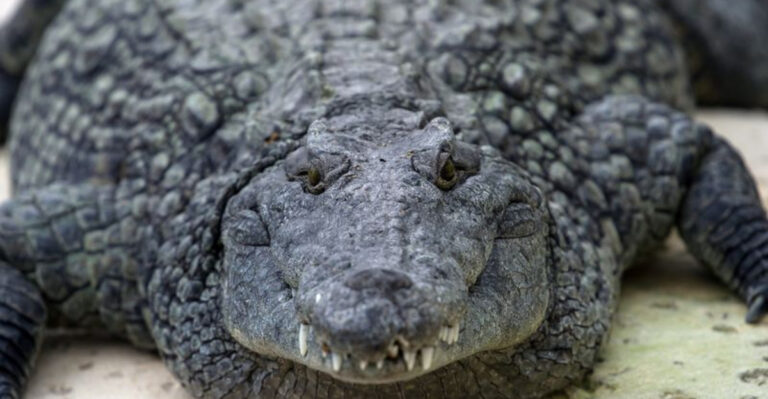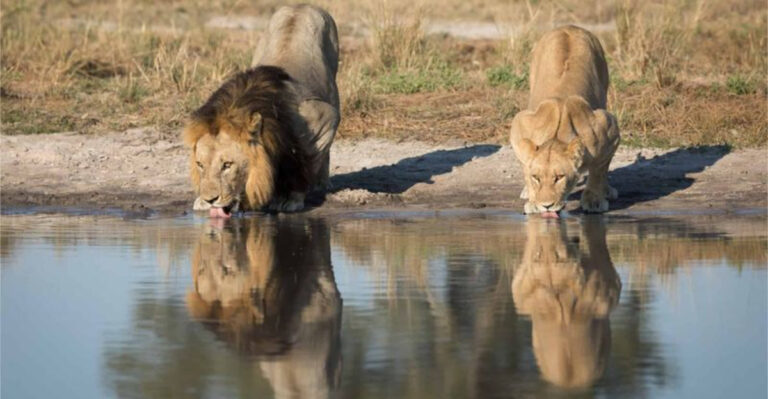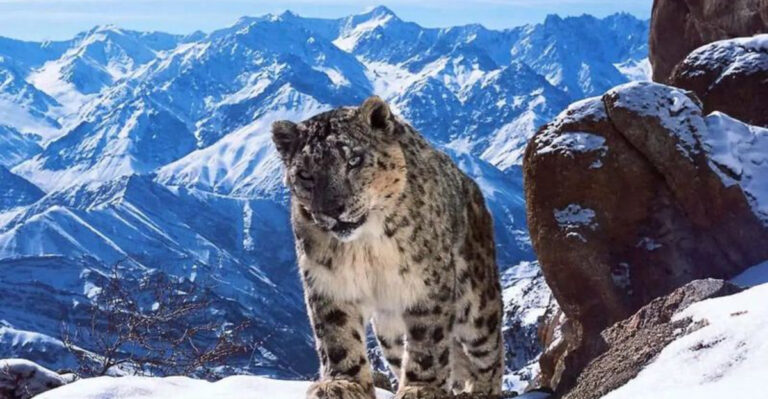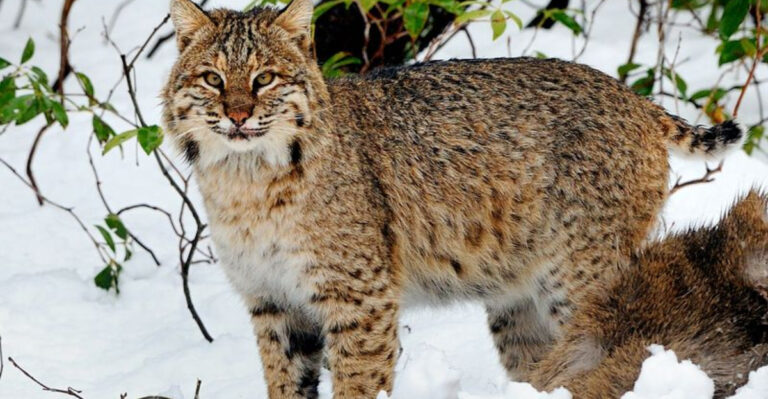15 Surprising Facts You Didn’t Know About Koalas
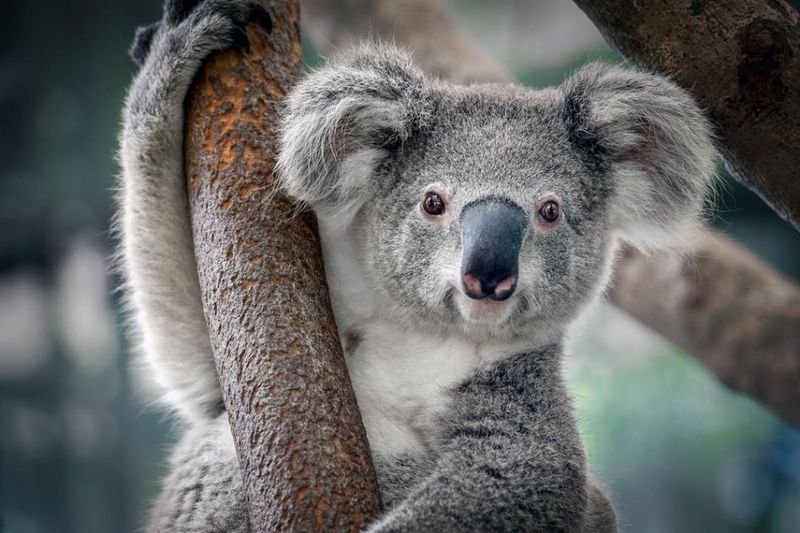
Koalas are often seen as the ultimate chill creatures, spending most of their days snoozing in eucalyptus trees. But there’s much more to these adorable marsupials than meets the eye!
From their unique diet to their fascinating vocalizations, koalas have some surprising traits that make them truly special. Let’s dive into some fun facts you probably didn’t know about these iconic animals!
1. Koalas’ Unique Diet
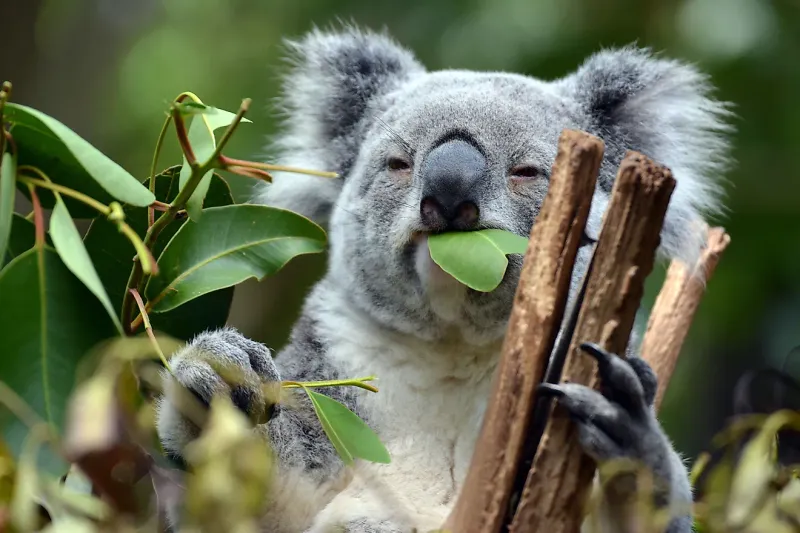
Koalas have a highly specialized diet, primarily consisting of tough, fibrous eucalyptus leaves that are low in nutrition. This unique diet requires a specialized digestive system, including a long cecum and complex stomach to break down the fibrous material. As a result, koalas sleep up to 18-22 hours daily to conserve energy due to the minimal energy their diet provides.
They selectively feed on specific eucalyptus species, choosing the most nutrient-rich and moisture-laden leaves while avoiding toxic compounds. Koalas’ habitat is closely tied to the availability of these preferred eucalyptus trees, and habitat destruction poses a significant threat to their survival.
2. Sleepy Lifestyle
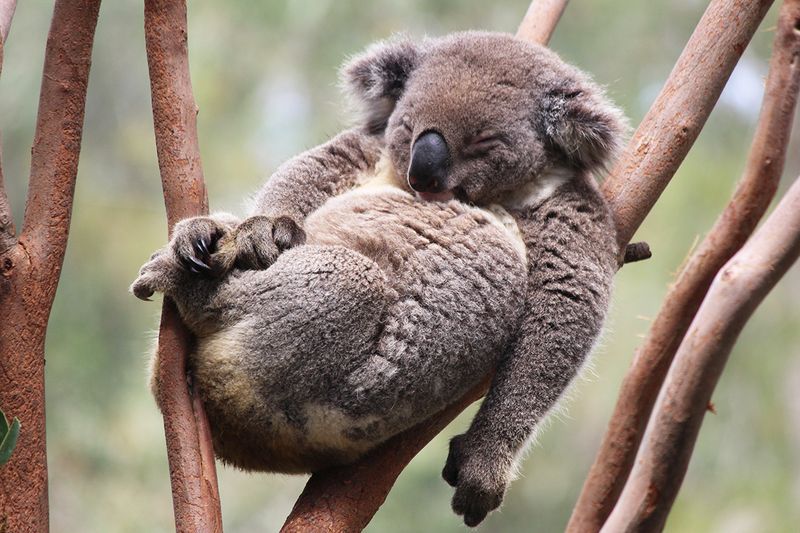
Koalas are known for their sleepy nature, resting or sleeping 18 to 22 hours a day due to their low-energy diet of eucalyptus leaves. Sleeping helps conserve energy, reducing the need for excessive foraging or escaping predators.
During waking hours, koalas forage or groom, using sharp senses and agility when needed. Their long claws and opposable thumbs make it easy to climb trees and find the best leaves to eat.
Koalas’ sleep patterns vary, with more activity on cooler days and at night, when temperatures are lower and predators are less active.
3. Marsupial Characteristics
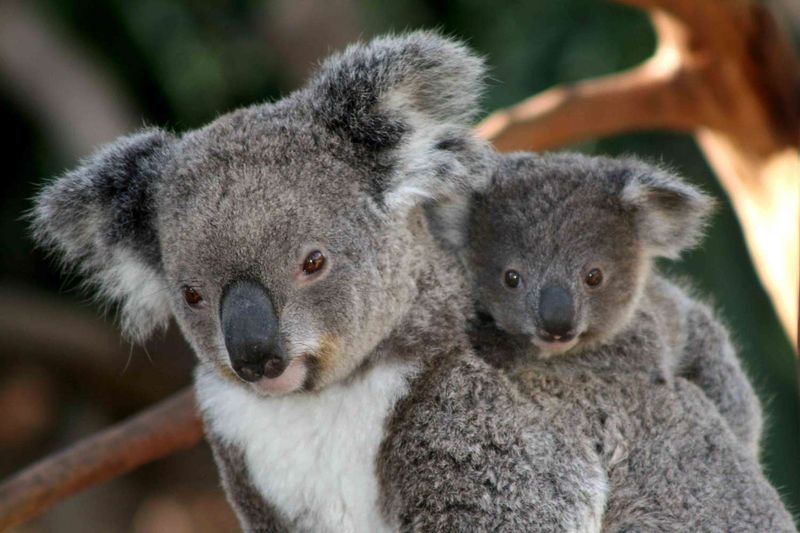
Koalas are marsupials, meaning they carry and nurse their young in a pouch. Female koalas give birth to underdeveloped joeys, which then crawl into the mother’s pouch to continue developing for several months.
Interestingly, koalas’ pouches open towards the rear, which is unique compared to other marsupials. This adaptation is crucial for climbing and ensures the joey remains secure while the mother navigates trees.
After leaving the pouch, the joey will ride on the mother’s back, learning essential survival skills and feeding on a substance called “pap,” a specialized form of feces that helps develop their digestive system.
4. Vocal Communication
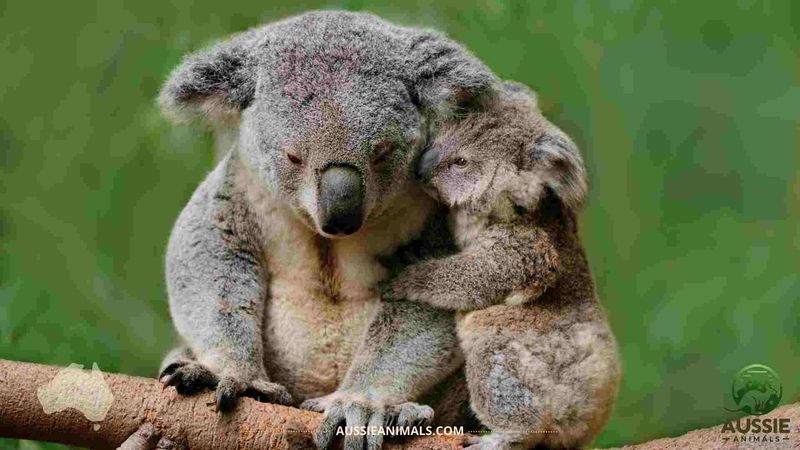
Koalas, often seen as silent, have a diverse range of vocalizations, especially during the breeding season when males produce deep, bellowing calls to attract females and defend territory. Females and young koalas also use soft clicks, squeaks, and gentle grunts to communicate and maintain social bonds.
Their vocal apparatus is specially adapted, with an enlarged vocal organ compared to other marsupials. These vocalizations are crucial for koalas’ social structure, aiding in successful mating and harmony within their population.
5. Koala’s Sharp Claws
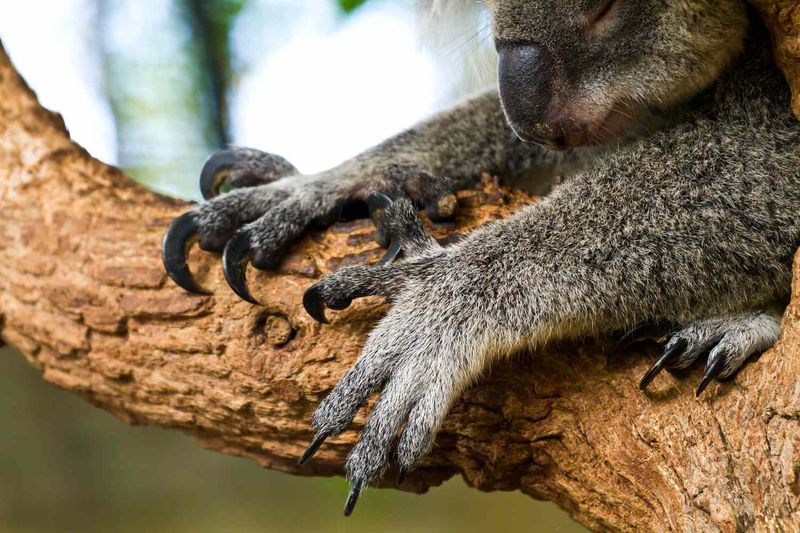
Sharp, curved claws allow koalas to navigate and grip tree branches effortlessly, providing stability while climbing and feeding high in eucalyptus trees. The hands of a koala are specially adapted, with two opposable thumbs on each hand, enhancing their climbing ability and grip strength.
Their feet also feature a rough pad on the sole and long toes for grasping branches, aiding in precise movement among the treetops. Healthy claws are crucial for a koala’s survival, as they influence their ability to forage and escape predators.
6. Eucalyptus Dependency
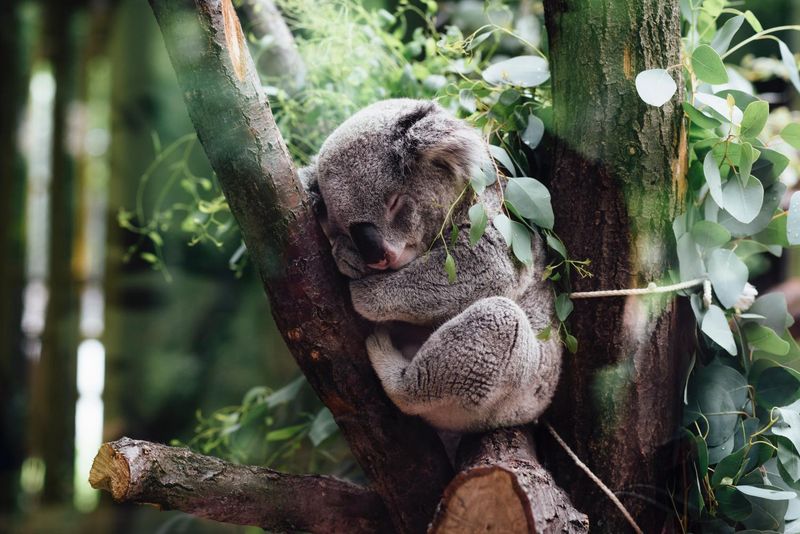
Intrinsically linked to eucalyptus trees, koalas rely on them for both food and habitat. Eucalyptus leaves form the majority of their diet, providing essential nutrients and hydration despite being difficult to digest and containing toxins. Special adaptations, such as a long digestive tract and a liver that detoxifies harmful chemicals, allow koalas to process these leaves.
Unfortunately, their dependence on eucalyptus trees makes them vulnerable to habitat loss from deforestation, land development, and climate change, emphasizing the need to protect these ecosystems for future survival.
7. Koala’s Sensitive Nose
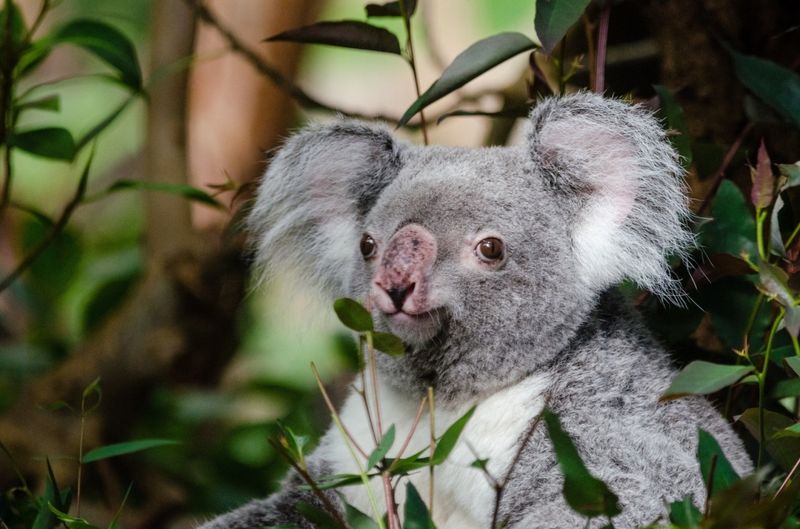
Koalas have a highly developed sense of smell, which plays a crucial role in their selection of eucalyptus leaves. Their large, black noses are sensitive to the chemical composition of the leaves, allowing them to detect the most nutritious and least toxic options available.
In addition to selecting food, a koala’s sense of smell is important for communication. They use scent markings to establish territory and convey information about their reproductive status.
Koalas’ olfactory abilities are integral to their survival, aiding in foraging efficiency and social interactions. This sensitivity underlines the importance of maintaining healthy eucalyptus forests, as the quality of available leaves directly impacts a koala’s wellbeing.
8. Social Structure And Territory
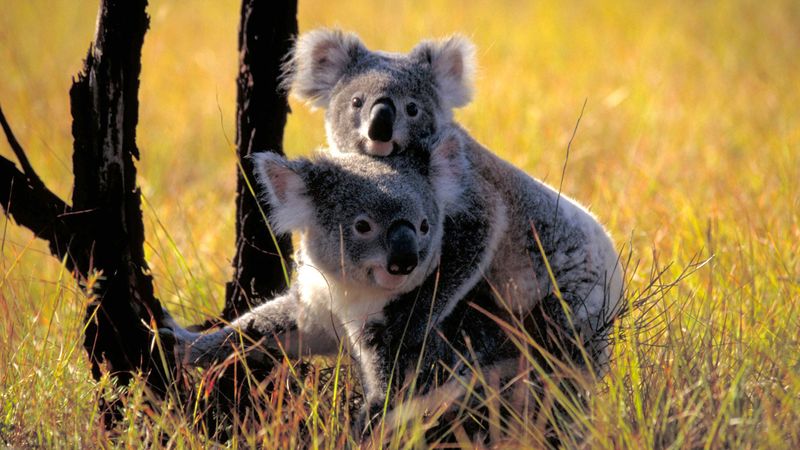
Koalas are generally solitary but show social behaviors tied to territory and communication. Each koala has a home range based on food and suitable trees, often overlapping with others, especially during breeding.
Male koalas defend their territory using vocalizations, scent markings, and occasional confrontations, establishing dominance hierarchies that influence mating and resources. Females’ home ranges overlap with multiple males, offering more mating opportunities.
These social structures are affected by habitat quality and population density, highlighting the need to understand territorial behaviors for conservation.
9. Threats To Survival
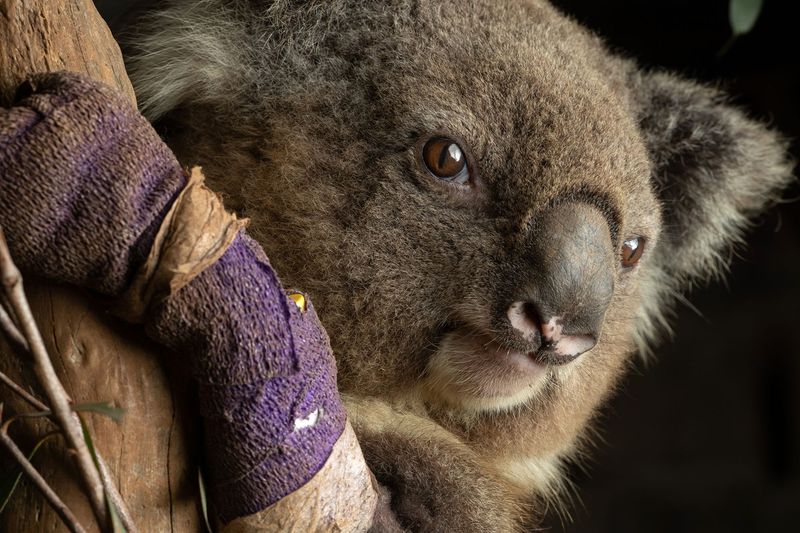
Koalas face numerous threats that jeopardize their survival in the wild. Habitat loss is one of the most significant challenges, driven by urbanization, agriculture, and climate change. As eucalyptus forests are cleared, koalas lose their primary food source and shelter, leading to population declines.
In addition to habitat destruction, koalas are susceptible to diseases such as chlamydia, which affects their reproductive health and causes blindness. This bacterial infection is prevalent in many koala populations, hindering their ability to breed successfully.
Koalas are also threatened by vehicle collisions, dog attacks, and bushfires, further putting pressure on their dwindling numbers.
10. Conservation Efforts
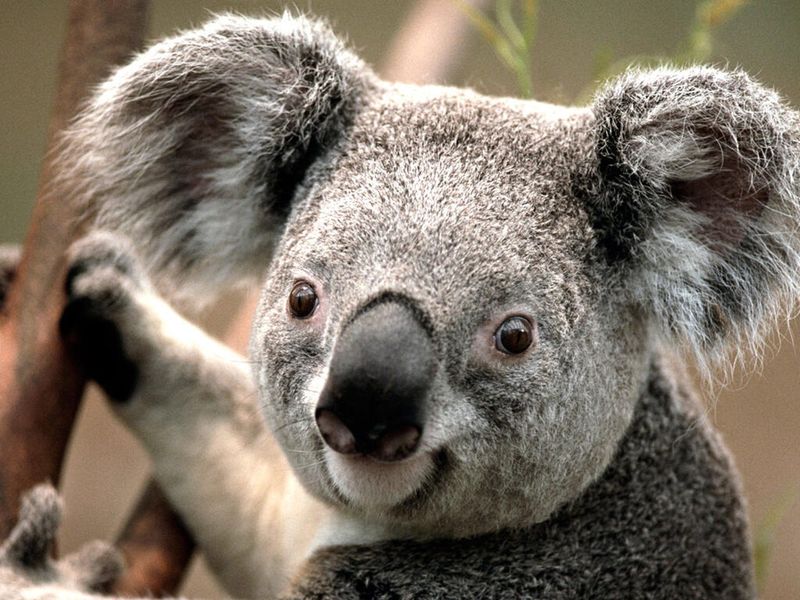
Conservation efforts are crucial for koalas’ survival amid numerous threats. Organizations and governments focus on protecting habitats through land preservation, reforestation, and restoration projects.
Monitoring koala populations helps assess health, genetic diversity, and disease prevalence, guiding breeding programs and disease mitigation. Public awareness campaigns educate communities on koalas’ plight, while collaboration between governments, NGOs, and locals ensures effective conservation actions.
11. Koala’s Unique Foot Structure
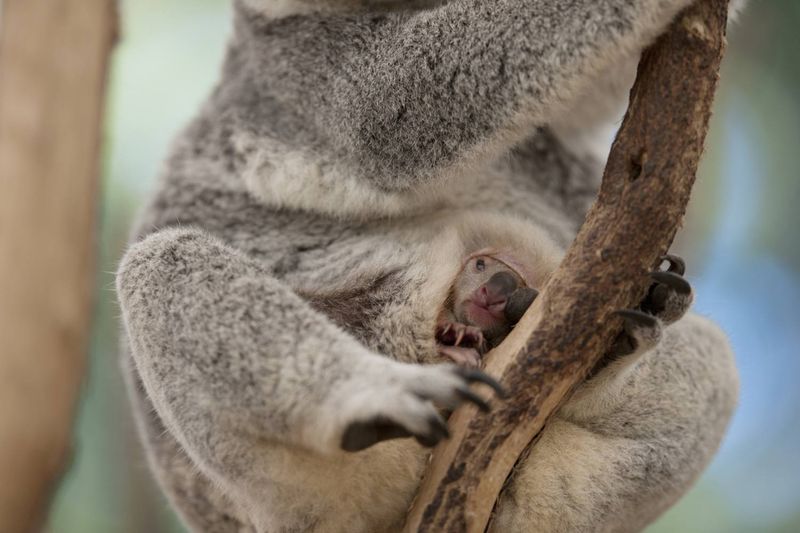
Koalas have a distinctive foot structure that aids in their arboreal lifestyle, featuring two opposable digits on each front paw. These opposable toes enhance their gripping ability, allowing them to grasp branches securely while climbing or feeding.
Their hind feet are equally specialized, with a large, clawless thumb and two fused toes that they use for grooming. This unique arrangement of toes helps koalas maintain their thick fur, free of parasites and debris. The rough pads on their feet provide additional traction and stability on the smooth bark of eucalyptus trees.
12. Koala Population Distribution
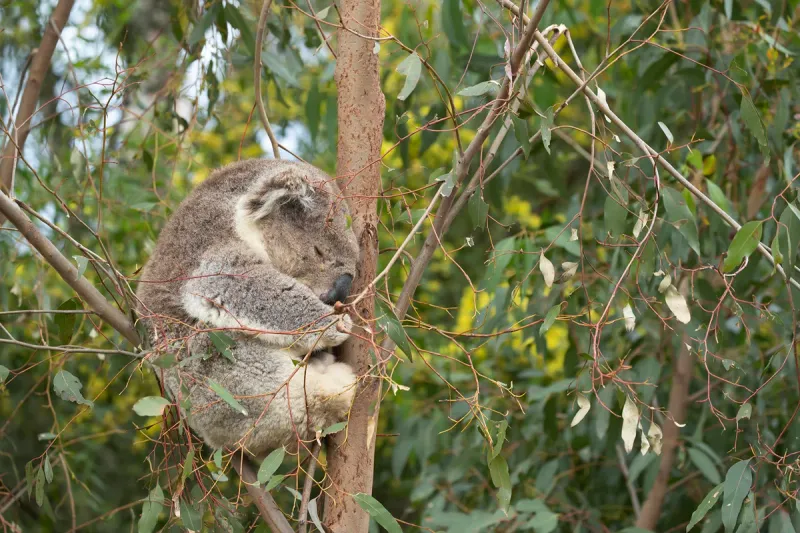
Koalas are native to Australia and primarily inhabit the eastern and southern coasts, where eucalyptus forests thrive. Populations are concentrated in Queensland, New South Wales, Victoria, and South Australia, with varying densities influenced by environmental conditions.
In Queensland, koalas are scattered across isolated patches of eucalyptus woodland, while southern regions like Victoria and South Australia support denser populations in more expansive forests.
Understanding these population patterns is vital for conservation, allowing efforts to target critical habitats and protect koalas’ long-term survival.
13. Koalas’ Role In Ecosystem
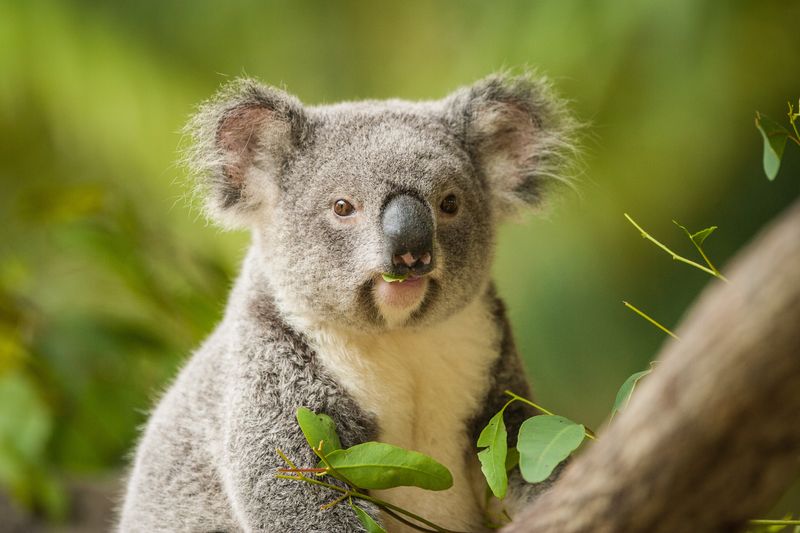
Koalas play a vital role in their ecosystem, contributing to the health and diversity of eucalyptus forests. As herbivores, they feed on eucalyptus leaves, influencing the growth and regeneration of these trees. Their feeding habits can impact the composition of the forest, promoting biodiversity by allowing sunlight to reach the forest floor and supporting the growth of other plant species.
In addition to their role as herbivores, koalas are an important part of the food chain, serving as prey for larger predators such as owls and eagles. Their presence supports the balance of the ecosystem, demonstrating the interconnectedness of species within their habitat.
14. Koalas’ Strong Memory
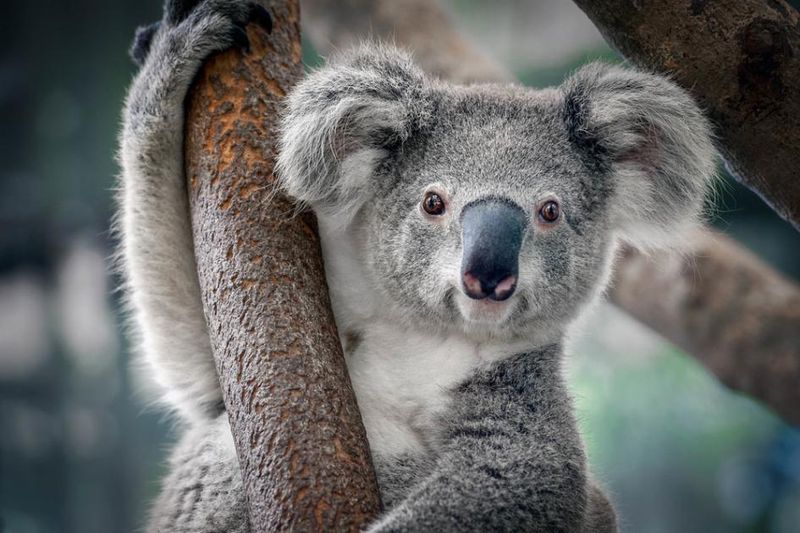
With a mind like a steel trap, koalas have an impressive memory. Researchers have discovered that these furry creatures possess a unique ability to remember complex routes through the eucalyptus forests. This skill is essential for navigating their vast habitats.
Interestingly, koalas can identify individual eucalyptus trees and recall which ones provide the best leaves, highlighting their strategic foraging techniques. Their memory is a cornerstone of survival in the wild.
15. Koalas’ Nocturnal Habits
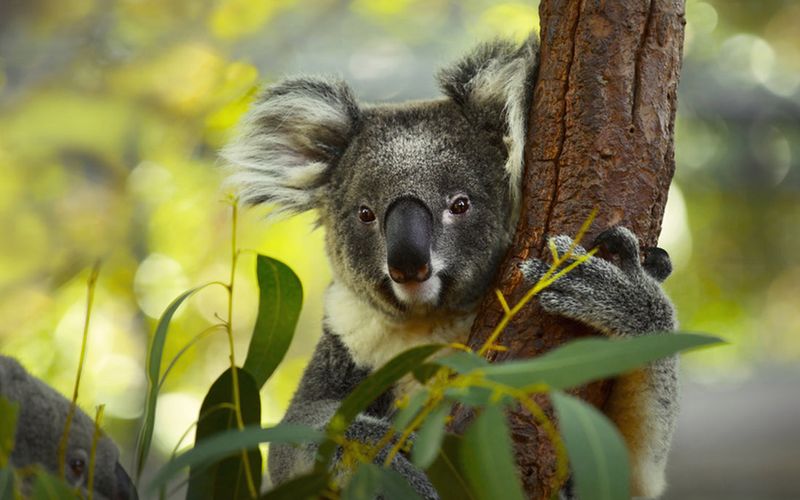
Embracing the moonlit hours, koalas are true night owls. These nocturnal creatures spend their nights awake, indulging in feeding and socializing under the stars. By avoiding the day’s heat, koalas conserve energy while enjoying the cooler, tranquil environment.
As night falls, their world comes alive with activities that remain hidden from human eyes.Their nocturnality isn’t just about staying cool; it’s a strategic adaptation to minimize competition for food. The night offers a peaceful time for koalas to thrive, revealing a hidden, enchanting aspect of their lives.

